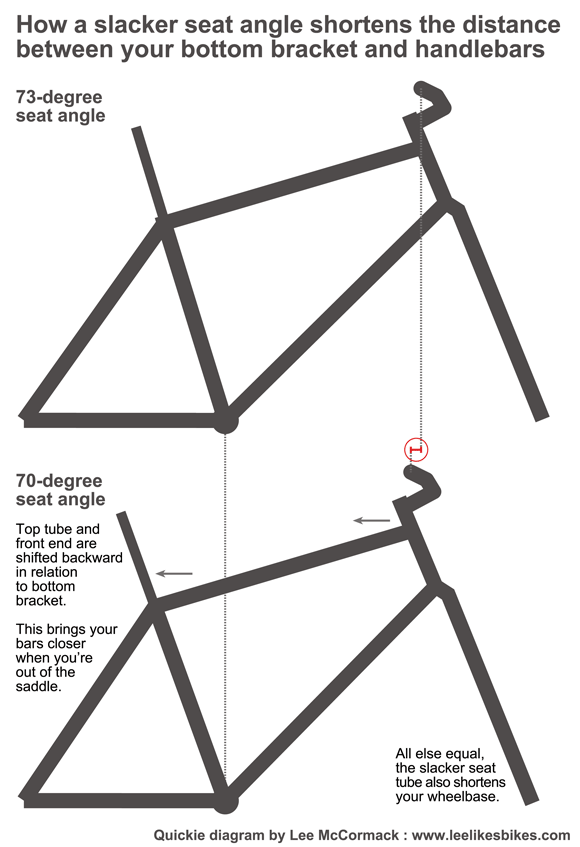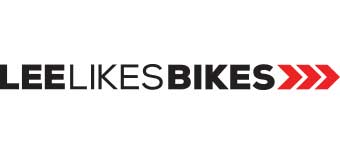How seat angle affects handlebar location

Inspired by the discussion surrounding Why is a slack seat angle so rip-able?.
With a diagram this time.
 |
PS: Slackening your seat angle also raises your bars in relation to your seat. That’s another possible explanation for the rip-ability of slack seat tubes.
Find a bike you like. Dial it in for you. Learn to ride it. Have fun!
— Lee
Know more. Have more fun!
Join the leelikesbikes mailing list:

Comments are closed.